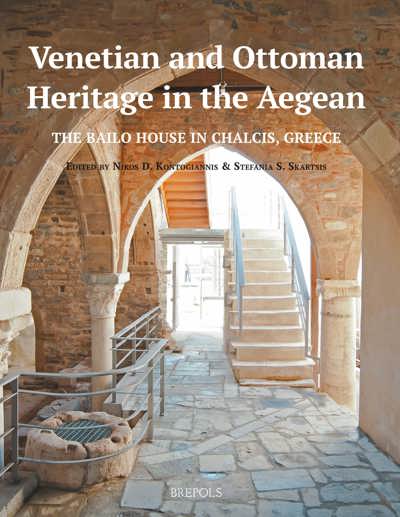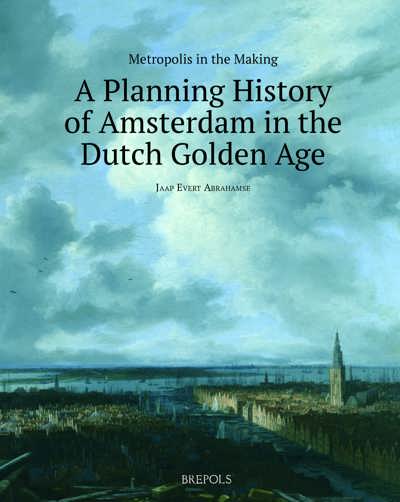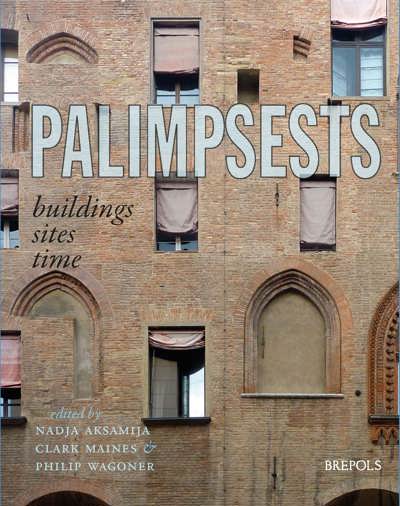
Venetian and Ottoman Heritage in the Aegean
The Bailo House in Chalcis, Greece
Nikos D. Kontogiannis, Stefania S. Skartsis (eds)
- Pages: 296 p.
- Size:220 x 280 mm
- Illustrations:205 b/w, 173 col., 3 maps b/w, 30 plans
- Language(s):English
- Publication Year:2020
- € 160,00 EXCL. VAT RETAIL PRICE
- ISBN: 978-2-503-58409-6
- Paperback
- Available
Witness the remarkable history of the East Mediterranean through the evidence of a still standing Venetian palace, built in a Byzantine city, transformed into an Ottoman mansion and a neoclassical house.
“In the case of this attractive volume, archival finds and material culture are thoughtfully integrated in exploring a building at the center of Chalkis’ long history for over six hundred Years (…) This admirable study should enrich the libraries of those interested in late and post-Byzantine Greek archaeology and history, and the transition from Venetian to Ottoman rule, which was a much more complex experience than earlier generations had the evidence to appreciate.” (Matthew Lubin, in Archivio Veneto, 21, 2021, p. 188-190)
“Kontogiannis, Skartsis, and their authors have given us an admirably complete and largely convincing study of an extremely interesting specimen of medieval and early modern secular architecture from a region where such buildings (and the relative interpretative literature) are rare. One can only hope that future publications of this kind will aim to attain a similar level of thoroughness and quality.” (Michalis Olympios, in Frankokratia, 2, 2021, p. 200-201)
Nikos Kontogiannis and Stefania Skartsis studied Archaeology at the University of Athens, before pursuing graduate studies at the University of Birmingham. Having worked in various areas of Greece, they fruitfully collaborated in the Ephorate of Byzantine Antiquities for Euboea and Boeotia. Stefania is currently Head of Department at the Hellenic Ministry of Culture; Nikos is Assistant Professor of Byzantine Studies, at Koc University, Istanbul.
This book tells the astonishing story of a secular building and its inhabitants over six centuries and four successive civilizations. The Bailo House was constructed as a public loggia in the 14th century by Venetian officials in their Aegean colony of Negroponte on the Byzantine island of Euripos. Italian designs were followed and copied in the style of the lagoon’s palaces, digging the foundations through the earlier Byzantine layers. It later housed an Ottoman official, along perhaps with his apothecary. Thereafter, it was severely damaged before passing into the hands of a local Ottoman dignitary, who completely transformed it into a typical Middle Eastern mansion. In the late 19th century it was reshaped once more with a neoclassical façade to conform to the European models promoted by the Modern Greek state.
Extensive study, excavations and restorations over a ten-year period revealed remarkable evidence for one of the few remaining examples of secular architecture in the Eastern Mediterranean, as well as abundant and rare information about urban planning, material culture, economic and cultural exchanges, art and aesthetics, etc. It is the tale of a harbor town that was always cosmopolitan, a port of call along the Silk Road, the winter base of the Ottoman fleet, a European enclave in the East.
Preface
Part 1. Introduction
A. The Restoration Chronicle — Eugenia Gerousi-Bendermacher
B. Chalcis: A Historical Overview — Nikos D. Kontogiannis
Part 2. Archaeological Investigation and Finds
A. Excavation Report: Architectural Data and Use of the Spaces — Stefania S. Skartsis and Panagiota Taxiarchi
B. Catalogue of Finds — Stefania S. Skartsis and Panagiota Taxiarchi
C. Venetian Mortars and Ottoman Drinking Jugs: Pharmacy and Sociability in the Bailo House — Valentina Pugliano, with Catalogue by Stefania S. Skartsis
Part 3. Architectural Study
Plans A1 – D3
A. Architectural History of the Bailo House — Nikos D. Kontogiannis, Yorgos Kourmadas, and Panagiota Taxiarchi
B. Architectural Sculpture and Spolia — Stefania S. Skartsis
C. The Use of Timber in the Construction of the Bailo House — Yorgos Kourmadas and Eleftheria Tsakanika
D. Dendrochronological Dating of the Bailo House with a Supplementary Comment on the Church of Ayia Paraskevi — Tomasz Wazny, Peter Kuniholm, and Charlotte Pearson
Part 4. The Relation of the Bailo House to the City and the World
A. The Bailo House as Part of the Urban Fabric of Chalcis — Nikos D. Kontogiannis and Evrydiki Katsali
B. The Place of the Bailo House in the History of Architecture — Nikos D. Kontogiannis
Part 5. The Restoration Project and the Impact on the Modern City
A. Restoration of the Bailo House: An Overview — Yorgos Kourmadas
B. Reintegrating the Monument in the Modern City — Pari Kalamara
Concluding Remarks — Nikos D. Kontogiannis and Stefania S. Skartsis
Bibliography
Index




